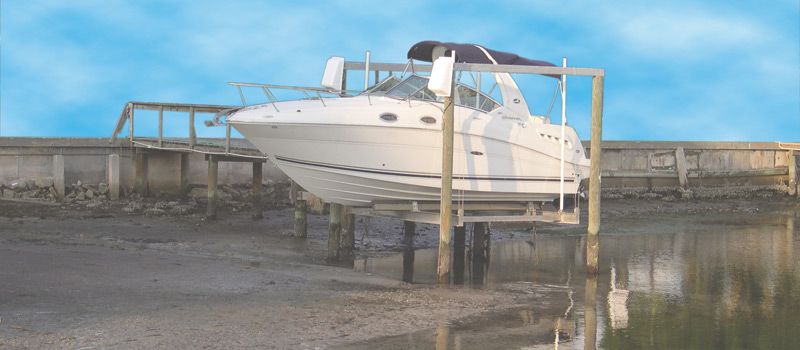Frequently Asked Questions for Residential Dredging Projects:
Is canal dredging, slip dredging and dock dredging legal?
YES, regulatory agencies allow for Maintenance Dredging. Typically, as long as the requested dredging can be demonstrated as maintenance, it can be permitted.
How deep can my boat slip be dredged?
Typically, the maximum dredge depth is five feet below Mean Low Water (MLW) level.
What is Mean Low Water (MLW)?
This is a calculated elevation of the average low tide determined by the Army Corps of Engineers.
How long does the dredging and permitting process take?
The typical residential dock permitting takes 2-6 months. This includes the time it takes to get the required permits from local and state agencies.
Why does the permitting take so long?
There are three regulatory agencies which require permits or exemptions: County Water Navigation Authority, Florida Department of Environmental Protection, US Army Corps of Engineers.
How much time will it take to dredge by boat slip?
The actual dredging takes about a week.
Where does the dredged material go?
We pump sediment from the dredge area to sealed containers in an area accessible by truck. Once the containers are full to capacity with sediments, they will be removed. The water extracted during this process is filtered and returned to the dredge area.
Where can I find tide information?
What are Reef Balls?
Reef Balls are artificial reef modules placed in the ocean or bay to form a reef habitat. Many dredging permits require replacement of disturbed oyster beds with Reef Balls to give marine life a place to create a habitat that improves water quality naturally. For information on reef balls and their usage, please visit www.reefball.org.

